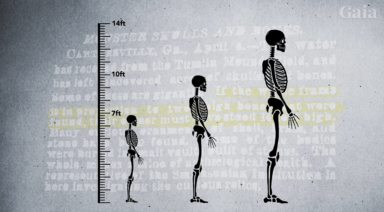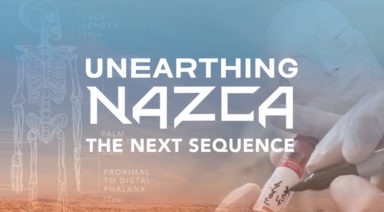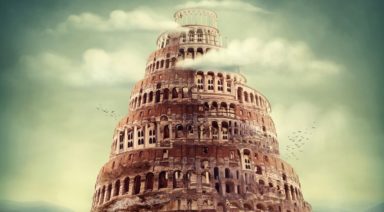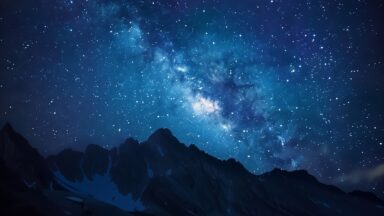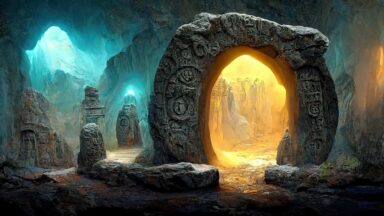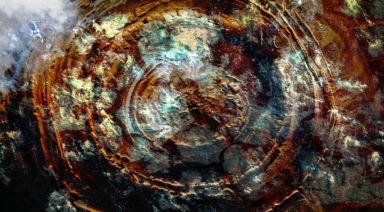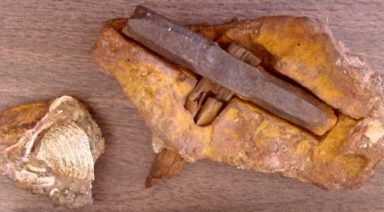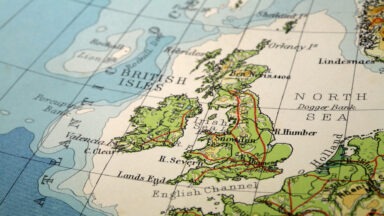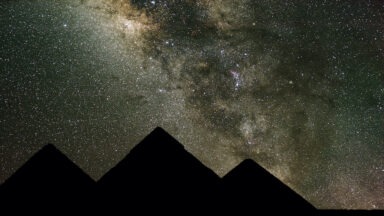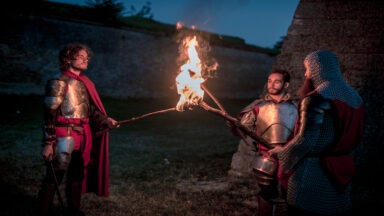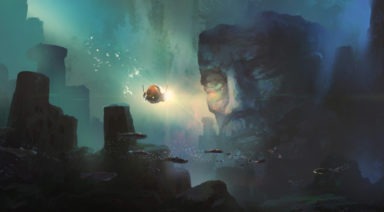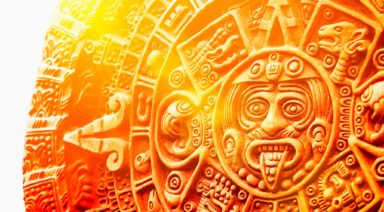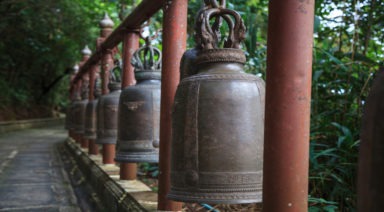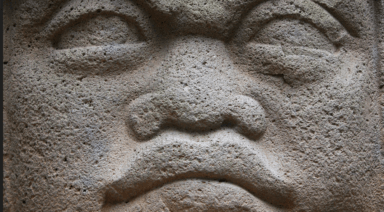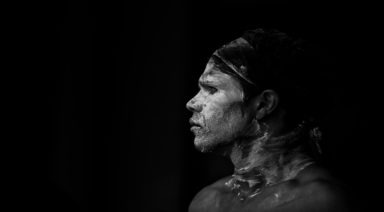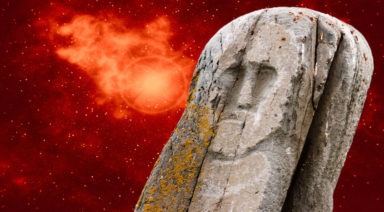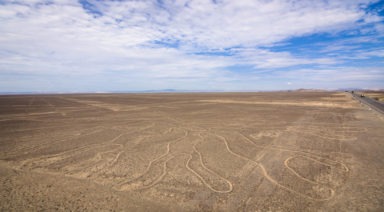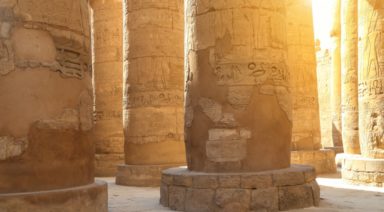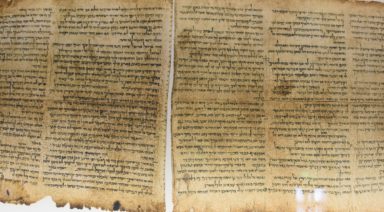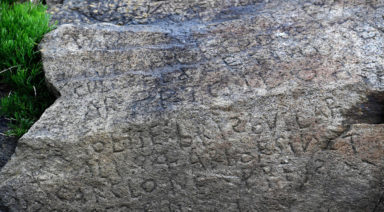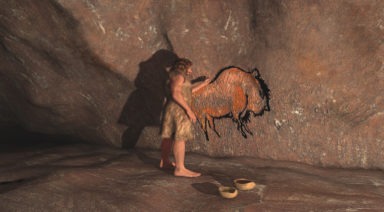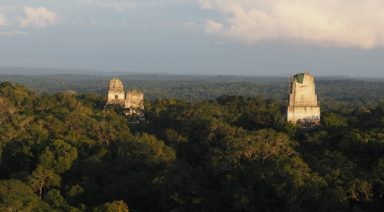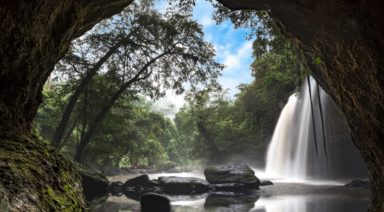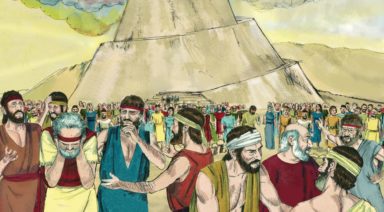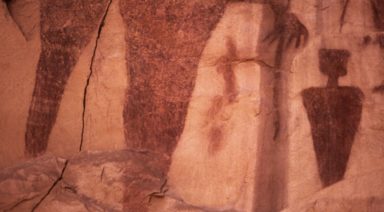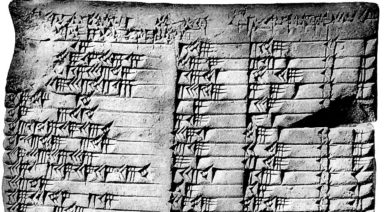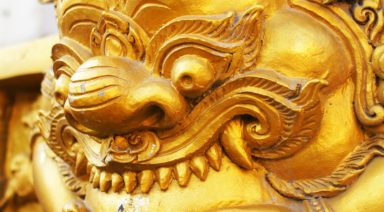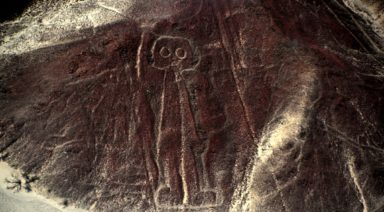Explore the Mystery of Native American Creation Myths
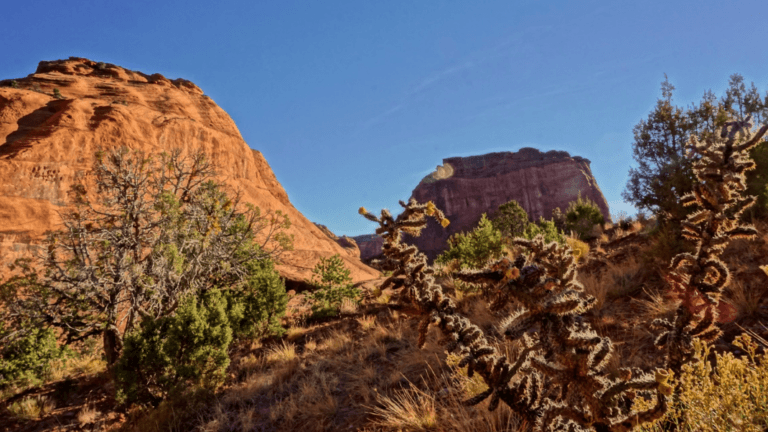
Where did we come from?
Ideas and theories about the beginning of the world run the gamut, with different cultures, groups, and religions offering creation stories or myths, and explanations of how different parts of the world came to be.
Perhaps one of the most fascinating of these groups is the Native Americans. Across the board, Native American cultures offer many creation legends, many of which involve sacred caves or underground tunnels.
As we explore the stories offered by Native Americans as to the beginnings of everything, we also wind deeper into the Earth itself.
Apache
The Apache have several myths about creation that involve both gods and animals.
In one myth, Tepeu and Quetzalcoatl think everything into being. Essentially, their thoughts become reality, so they think everything from mountains to trees and the sky into reality. However, when they discovered these creations couldn’t praise them, they made others out of clay and wood. When these beings caused havoc on the world, the gods sent a great flood to wipe them out and start over.
Another of the Apache myths describes the beginning as an awakening of sorts, with darkness turning to light through the actions of a small, bearded man, the One Who Lives Above. They say by rubbing his face and hands, he created the Sun-God, Big Dipper, Wind, and Lightning-Rumbler, to name a few.
Then, after the gods united through a handshake, the Creator directed them to pull a brown ball that had dropped from his hands in all directions to form the Earth, and with the hummingbird’s guidance, placed four cardinal points on the Earth to make it still.
Hopi
While the Hopi have multiple legends, perhaps one of the most intriguing involves the Ant People, who are credited with saving the Hopi not once, but twice.
The so-called “First World” was destroyed by fire — be it an ejection from the sun, volcanic eruption, or asteroid strike, and the “Second World” was destroyed by ice — perhaps glaciers or a pole shift. In both instances, Hopi legends say the tribe was guided during the day by an odd-shaped cloud, and during the night by a moving star. These guides led them to a sky god named Sotuknang, who took them to the Ant People.
It was in the aforementioned subterranean caves that the Hopi found refuge during the global cataclysms occurring above. In this legend, the Ant People are seen as generous and hardworking, giving the Hopi food and teaching them about food storage when they needed it most.
Interestingly, the Babylonian sky god was named “Anu,” also the Hopi word for “ant.” “Naki” is the Hopi root word for friends. So, the Hopi Anu-naki, or “ant friends” may have some correlation with the Sumerian Annunaki.
Sioux
Such sacred caves are also a theme in Sioux legends, regarding a location in the Wind Cave National Park, in South Dakota.
In this legend, the Sioux feared a cave that had wind blowing in and out of it — they believed a breathing giant lived inside, and the giant invoked the providence of the Great Spirit.
However, one curious medicine man is said to have seen a vision from a young Indian maiden, telling him she was the immortal buffalo lady from under the Earth. She told the medicine man to tell the others the cave was a sacred place, and people should come and drop offerings and tokens, which would gain them great herds of buffalo.
Lakota
The Lakota version of events starts with adultery.
In their version of events, Inktomi, the spider trickster, causes a riff between the Sun God Takushkanshkan and his wife, the Moon. Their separation created time. While previously, the gods had lived in heaven, Inktomi and his co-conspirators were exiled to live with the cultureless humans who inhabited Earth.
Upon arrival, Inktomi travels underground to meet where humanity lived, and convinces Tokahe (“the first”) to come to the surface. He emerges from the Wind Cave to find a beautiful place, so he convinces other families to come up.
Tokahe soon figures out he was duped, as “buffalo are scarce, the weather has turned bad, and they find themselves starving.” To make matters worse, he and the other families who settled there cannot return to their home underground, and so must eke out an existence on the surface of the Earth.
Cherokee
Finally, the Cherokee also have several myths that explain the beginnings of the Earth.
In one myth, a great island floated in an ocean, attached to four thick ropes from the sky, which was rock. Because everything was dark, the animals could not see. The Great Spirit told the animals to stay awake for seven days and nights, but most of them couldn’t. However, the plants that stayed awake were able to stay green all year, and the animals that were able to stay awake such as the owl and mountain lion could also go about in the dark.
Another story describes everything being water, and the animals living above it and the sky being overcrowded. One day, a water beetle named Dayuni’si volunteered to explore underwater and found mud he brought back to the surface. He brought back so much mud he created the Earth. As the Earth hardened, they pulled a sun out from behind the rainbow and placed it high in the sky to light the path.
In both of these legends, the animals came first, and the humans second.
Exploring the Connections Between Native American Legends
Without a doubt, the stories and legends behind the beginning of the world vary greatly depending on the Native American tribe attached to them.
However, many of the similarities and links among the stories bring about questions and curiosities about what might lie inside the Earth, and how it affected the creation of the world as we know it today.
Want more like this article?
Don’t miss Ancient Civilizations on Gaia to journey through humanity’s suppressed origins and examine the secret code left behind by our ancestors.
Truth In The Myths Of Giants
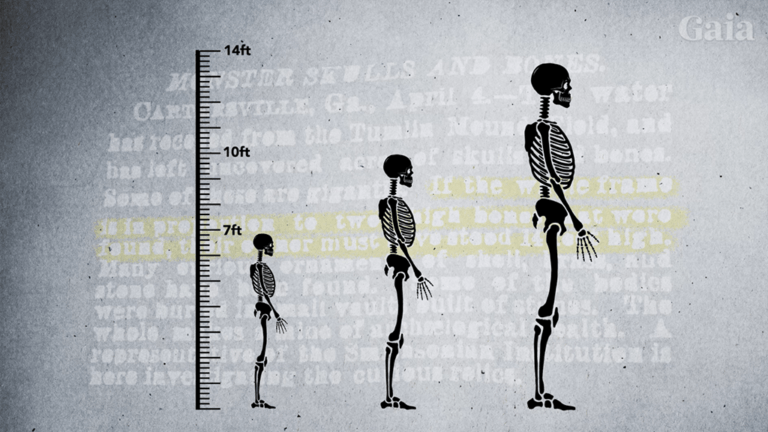
In the summer of 1520, the Spanish expedition led by Portuguese explorer Ferdinand Magellan was well into its circumnavigation of the globe. By the time they reached the shores of Argentina, they had already encountered several native tribes. But there was something special about the natives of this land, and the account from Antonio Pigafetta, the voyage’s official chronicler, would capture the imaginations of Westerners for years to come. According to his journal, the natives of Patagonia, were giants.
Myths and legends of giants go back through every culture in every corner of the world. And in many cases, the mythological aspect of these giants is obvious. Take for example Atlas, the giant from Greek mythology who was tasked with holding the world on his shoulders.
But sometimes, the stories aren’t so heavily exaggerated and there is even evidence that giants did once walk the earth. In the 1800s, as European settlers continued to expand west across the United States they started coming across earthen mounds that had been constructed by native inhabitants of North America. The settlers started excavating the mounds with little regard for the native cultures who had built them for religious, ceremonial, and burial purposes.
And the sensational headlines regarding what was found in those mounds all reported one thing: Skeletons. Giant skeletons. But these weren’t just a few obscure papers, these were reputable sources like the New York Times and Scientific American. Even Abraham Lincoln references the giants in 1848 during a visit to Niagara Falls saying The eyes of that species of extinct giants, whose bones fill the mounds of America, have gazed on Niagara, as ours do now. According to the numerous articles published during this time the skeletons were regularly found to be between seven and ten feet tall. And some even reported taller individuals like the one mentioned in this New York Times article from 1885.
IF THE WHOLE FRAME IS IN PROPORTION TO TWO THIGH BONES THAT WERE FOUND, THEIR OWNER MUST HAVE STOOD 14 FEET HIGH…A REPRESENTATIVE OF THE SMITHSONIAN INSTITUTION IS HERE INVESTIGATING THE CURIOUS RELIC.
The fact that it was being investigated by a representative of the Smithsonian may not seem out of the ordinary, but it appears to be a theme seen throughout these reports. Some believe that the Smithsonian was involved in covering up these artifacts which were often surrendered to the museum for further study. This theory is supported by the fact that no follow up reports, studies, or exhibitions followed the initial reports of these anomalous discoveries. And the accounts become even more compelling when you consider how many oral traditions of the Native American tribes in those regions tell of a race of giants.
In a more recent discovery, 205 graves were unearthed in China’s Shangdong province. The archaeological dig found that a significant number of these men stood around the 6 foot mark, with the tallest man standing at 6’3.” Now this may not seem incredibly tall by today’s standards, after all the average height of today’s NBA player is around 6’7.” But 5,000 years ago, when these Longshan people were still alive, they would have loomed over their neolithic contemporaries who were much shorter by comparison. The Central American Mayans for example had an average male height of 5’2” and an average female height of 4’8.”
The “giants” of Longshan were unusually tall for their time, but their height wasn’t out of the realm of what we consider possible within the established narrative of our past. So what happens when we find evidence that could completely upend that narrative?
In the 1960s, miners in the Otavi Mountains of Northern Namibia discovered the fossilized segment of a femur. The mineralized bone was turned over to Philip Tobias, the late paleoanthropologist from South Africa and it remains in his vault at WITS University in Johannesburg to this day. In Michael Tellinger’s video posted in 2013, he visits Professor Francis Thackeray at the University to view the impressive artifact. The professor identifies the mineralized bone as having belonged to a homo sapien, and when he brings out an average sized femur for comparison, the difference is clear. The fossilized femur appears to be at least twice the size of the normal one. But despite the abnormal size, there seems to be no outside interest in studying or dating the artifact.
One piece of a femur doesn’t exactly amount to proof of a race of giants. But anthropologists agree that there are large gaps in the fossil record that mask absolute truths. Even the researchers who completed the largest study of hominid body size throughout evolution sometimes had to estimate heights based off fragments as small as a single toe bone.
How would our evolutionary tree differ if they had recovered fragments of someone like Robert Wadlow, the tallest man in recorded history. Known as the Giant of Illinois, Wadlow reached a height of 8’ 11” before his death in 1940. He suffered from hyperplasia of his pituitary gland, which results in an abnormally high level of human growth hormone. And most of the well known giants of our time suffered from similar disorders.
This photo shows Wadlow standing next to his father. Harold Wadlow was a man on the taller side of average at 5’11” but standing next to his son, he appears almost dwarf-like, with his head coming up just over his son’s waist. And this comparison happens to be reminiscent of the giants of Patagonia. The following excerpt is from Antonio Pigafetta’s journal:
But one day (without anyone expecting it) we saw a giant who was on the shore [near today’s Puerto San Julián, Argentina] And he was so tall that the tallest of us only came up to his waist.
The account goes on to say that two of these giants were seized as hostages but did not survive the journey back to Spain. Which may sound like a convenient coincidence, but considering that only 18 of the 270 men who began the voyage made it back alive, their odds of survival weren’t so great to begin with. Even Magellan himself didn’t make it back.
Sixty years later, when Sir Francis Drake made it to Patagonia during his circumnavigation, his nephew wrote that Magellan had exaggerated the height of these natives. Stating that the men were only 5 cubits…which is 7 and a half feet…. So even by today’s standards, these were massive people.
We may never know if a race of giants walked the earth, or know for sure how much truth there is to the giant mythologies present throughout every culture. But consider this, most animals that walk the earth today have a giant prehistoric ancestor: Great white sharks have the megaladon who beats their size by about 40 feet; there’s the titanoboa, a snake which reached 42 feet in length; even sloths had a giant ancestor, the megatherium who were as big as modern day elephants.
So is it really out of the realm of possibility for humans to have had giant ancestors too?


